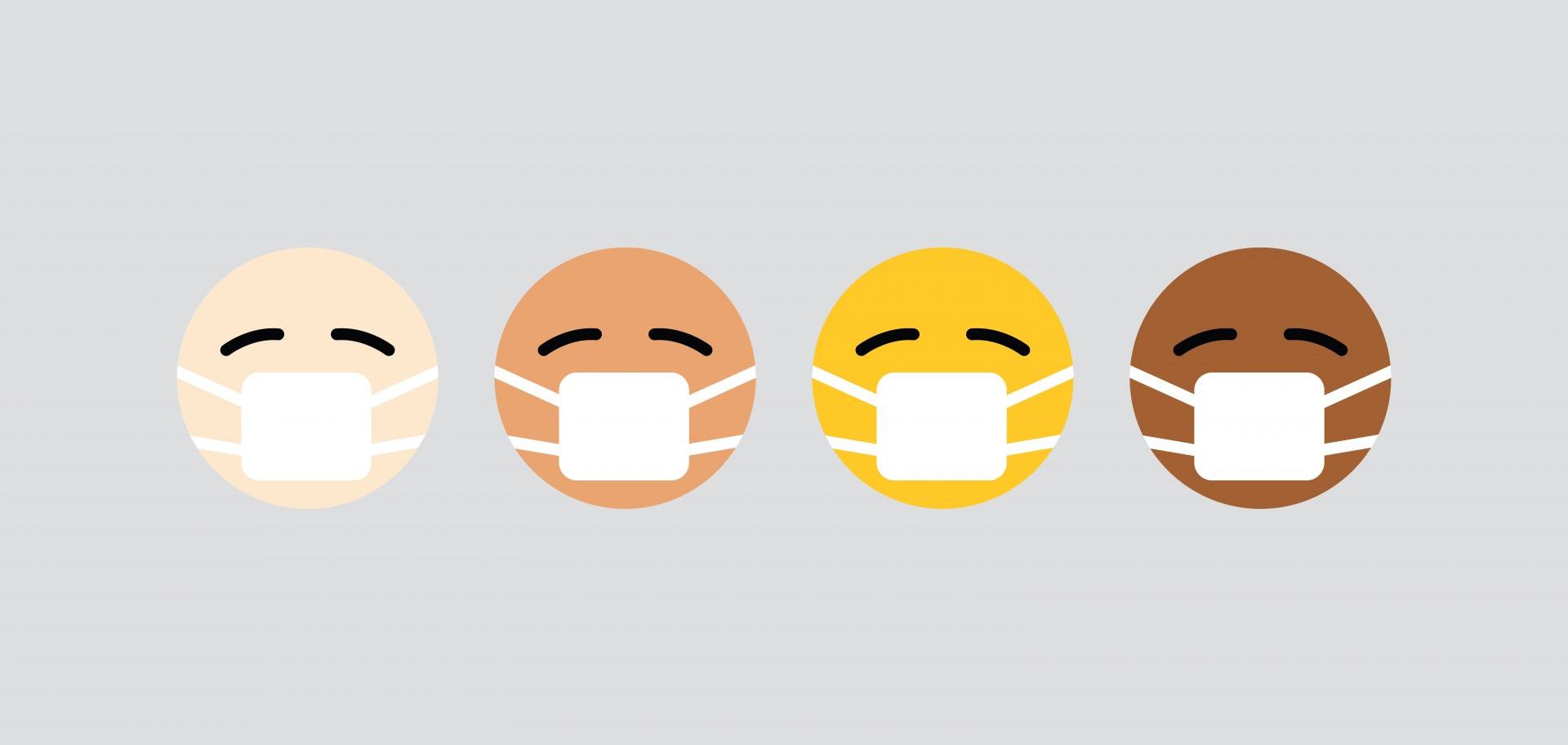A collection of local scientists team up to promote the truth behind Yakima’s ongoing battle against COVID-19.
The Facts:
Face coverings are very effective at reducing infections. Studies have shown an 85% reduction in viral transmission when masks are worn.
The face masks being used by community members allow for the flow of gases, like the ones we breathe in and out.
You should wash your hands before and after handling your mask. After use, there may be bacteria on the inside of the mask. These bacteria come from your own normal bacteria that are from your face and mouth and live with you harmlessly as your friends, helping to fight potential foes. Still, masks should be washed in the washing machine after each use.
The Science:
The best data we have come from a collection of 216 studies involving 25,697 people from 16 countries and 6 continents (Lancet. 2020; epub before print 01 JUN 20; doi: 10.1016/S0140- 6736(20)31142-9). In these reports, face masks were specifically studied in 2,647 people; those who used face masks had a highly significant 85% reduction in the risk of viral transmission.
N95 masks were not significantly more effective than disposable surgical or cotton-layer masks.
By comparison, physical distancing (by > 1 meter or ~ 3 feet) was studied in 10,736 people and provided an 82% reduction in viral transmission. Eye protection was studied in 3,713 people and provided a 78% reduction.
All of these measures are simple and effective, but face masks are numerically the most effective.
Face masks are built to block the passage of tiny droplets of water and other substances on which the virus “hitches a ride” from the wearer to others. Unlike many other bacterial and viral infections, people can pass the coronavirus onto others before they become sick. People who know they have symptoms should stay home; those who have no symptoms can protect others by wearing a mask.
The Myths:
Face Masks Trap Harmful Bacteria: FALSE
Face masks are designed to trap tiny droplets of water on which bacteria can ride from person to person.
Many bacteria normally live (without causing trouble) in our noses and throats, so mask wearers have a very low likelihood of transmission of their native bacteria to others because these bacteria are caught on the inside of the mask. Since the wearer already was exposed to these bacteria, and had no problems with them, such bacteria are unlikely to cause more problems for the mask wearer.
If the mask wearer is close to other (possibly infected) people, the mask may protect the wearer from viral transmission because the droplets on which the virus rides will be caught outside the mask, and not invade or infect the wearer.
Masks Reduce Oxygen Levels and Increase Carbon Dioxide Levels in People Who Wear Them: FALSE
Oxygen and carbon dioxide molecules are very tiny and much smaller than water droplets and other airborne particles that the masks are designed to catch. So, these tiny molecules pass straight through face masks.
Additionally, the human body is quite adaptable. If a person were to increase their blood carbon dioxide levels by breathing into a paper bag, the body would quickly increase the respiratory rate a little to offset this. There is a backup mechanism to excrete “extra” carbon dioxide via the kidney, but it takes many hours of too high a level of carbon dioxide in the blood for this to kick in. Most humans have a resting oxygen saturation level of > 95%, and supplemental oxygen is rarely required unless this hits < 90%, so even a tiny reduction in oxygen levels in the blood is unlikely to be harmful.
Of course, as with everything in medicine, there are exceptions. People who have chronic obstructive pulmonary disease don’t tolerate even a little increase in carbon dioxide or a little decrease in oxygen levels in the blood, which is why there are medical exceptions to everyone being required to wear a mask.
Written by: William Elliott, M.D., Ph.D., Kimberly Taylor, Ph.D., Albert Brady, M.D,, and Julie Randolph-Habecker, Ph.D.
